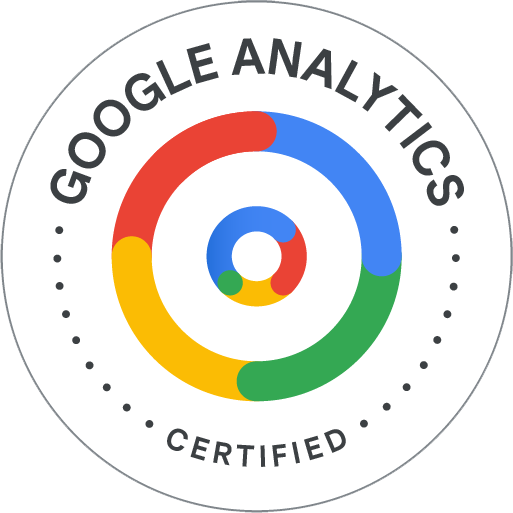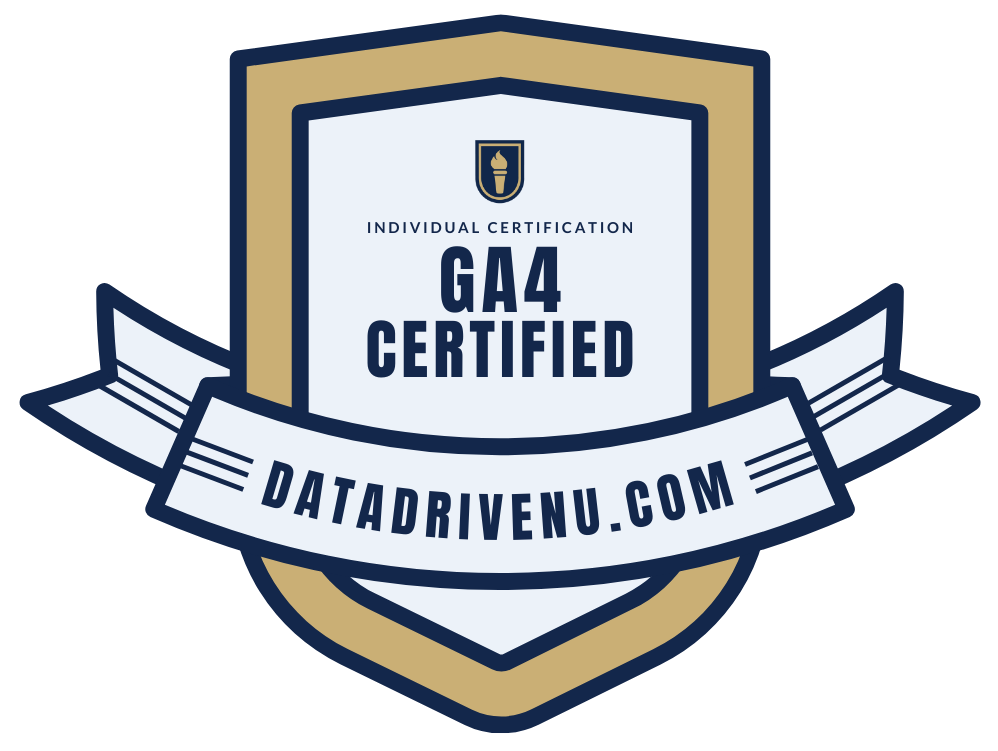How to Fine Tune Your Ideal Customer
Are you trying to fine-tune your target audience or your ideal customer avatar? Do you feel overwhelmed and confounded by all the disparate marketing information out there? If so, not only is this podcast for you, but you have a kindred soul in the Market Inside Out Podcast community. First, thanks to that kindred listener, Natalie, who prompted today’s discussion with these two questions:
- “What specific questions should we ask ourselves to fine-tune who our audience is?”
- “How does one narrow down the information in order to find the right fit to make what they do work?”
As you might guess, Suzanne Longstreet, mindset and success coach, Emma O’Brien, brand strategist and messaging expert, and Michelle Tresemer, whole systems digital marketing coach, strategist, consultant, and trainer have plenty of expert advice. Plug in some ear buds to learn more about the real lives and needs of your raving fans, while finding your own method of filtering through all the irrelevant crap advice that’s out there.
“What specific questions should we ask ourselves to fine-tune who our audience is?”
If you’re like a lot of new entrepreneurs or solopreneurs, marketing isn’t your thing. Even so, you still have to figure things out, like exactly who is your target market. Emma weighs in first [01:04]:
- Marketing legend, Seth Godin says that “Everyone is not your customer,” and this is great advice to keep in mind. While technically you may provide something that everyone would potentially want, “not everyone is going to value what you do the same way.”
- Emma’s advice is to answer the question “who is my raving fan customer?”
- To do that, Emma says “focus on the customer who will be obsessed with you, the customer that will rave about your services, will refer you, will stay with you for a long time….And you can look back at clients you’ve worked with—who you’ve had the best results—just felt really good working with them….That’s where I would start.”
Suzanne [02:04] follows up: “Who did you also like to work with the most? Who filled you up every time you got on a call or saw them or worked with them?….That is… another question to ask yourself about how you fine tune your message for your audience. What do they want to hear?”
Michelle [02:38] adds: “I like to say don’t try to do it yourself. Just ask them. I did this exercise last week. I emailed my all-time favorite clients where we have the best relationships—my raving fans—and I’m using their words, and they used words I would never, ever use.”
Emma [03:19] “When you’re kind of abstracting customers” it’s harder. But “when you actually imagine them as one person, someone you would talk to, someone you might know, an actual person, and you can think–what do they care about? What’s their day like? What’s going on for them? Where are they at in their head? When you can really humanize them, then it becomes very easy to answer those marketing questions.”
Suzanne [04:18] “…the other part of that is what matters to them, and what words are they using?….I’ve put together a vision board or pictures of my ideal client. And so that when I’m writing, I actually am writing (or when I’m speaking, I’m actually speaking) to that individual.”
“How does one narrow down the information in order to find the right fit to make what they do work?”
Michelle [06:34]: “You have to marry [your ideal customer] with your unique brilliance and what you’re naturally good at. I see a lot of clients try to do this tactical stuff that is not in their wheelhouse at all, and it’s a mismatch, and it doesn’t work. So, figure out what your clients want, and what you can do easily, and start with that. If you’re a natural writer, great. Email, blog posts, ads, whatever. If you’re more visual, do some videos that connect in a natural way.”
Suzanne [07:12] “Yeah. Because when you connect genuinely with your brilliance, then that shines out in the world much more, and people are attracted to that.”
Michelle [07:19] adds the kicker: “And it makes your job a joy!”
Emma [07:26] “It’s insane how much unhelpful stuff is there and wrong or outdated. You see something online, and we kind of assume that it’s somewhat factual, and that’s not the case. So, it is a minefield. And the thing that I think is really worrying is that it’s overwhelming, that you can start looking for stuff, it overwhelms you, and then you just decide to do nothing because you’re overwhelmed.
So, I have been there, and what I found helpful was to find a source that really aligned with me, that I found helpful, that was serving where I was right then in my business, that just felt good and just stick with that, just to start with the foundations. So, if it’s a business coach, maybe it is an expert in marketing, it’s whatever you need, but someone that feels right, someone that you can vet, someone that’s quality and just live with them for a while; kind of just get to know them, start there and just say, ‘I’m going to implement these things. I’m not going to do the squirrel thing and chase the next shiny thing. I’m going to force myself to follow this program, and make steps, and just focus on this one place that I trust.’ When I did that, I really started seeing results in my business, because I wasted a lot of time chasing Google articles and blog posts.”
Suzanne [09:01] adds to the advice: “…find somebody that you like, similar to what Emma’s saying, and then model how they do it….You model how they do it because they’ve already done it. And this was wise information that one of my previous mentors said: she said, ‘Pioneers died.’ So don’t do it for the first time. Find somebody that you really admire who’s doing it and kicking it in an area of business that you want to be. Model how they do it, and then add in your what and your why….You’re not copying them. That’s not appropriate, but you model them, and you find out how they’re doing it.”
Michelle [10:18] adds a “big warning on that. Just because they’re doing it, doesn’t mean it’s going to be right for you, so be careful. I see that a lot where they’ll say, ‘But our competitor is doing A, B, C.’ The competitor might be full of shit, too.”
Suzanne [10:37] “So have discernment. See how they’re doing it, adding your own what and why….Make sure that they’re doing it the way that you want to do it.”
Key Takeaways
- Stay focused. As Seth Godin says, “Everyone is not your customer.”
- Figure out who your raving fan is. Focus on the customer who raves about your service or product, who refers you to others, who stays with you. Your raving fan is someone (a client or customer) you loved to work with.
- Ask those fans why they’re fans; don’t try to craft your ideal customer avatar on your own. Get their perspectives and their reasons for loving you—in their own words. Use those words!
- Imagine your ideal customer as a real, single person. Shed the abstract. Figure out what they care about, what their day is like, what’s going on in their head. It’s easier to answer marketing questions if you’re working with real people.
- When you write or speak, write or speak to that ideal customer.
- In order to sift through all the bad marketing and business advice out there, match your ideal customer to what you can do to reach them without a lot of fuss. Figure out what your clients want, and what you can do easily, and start with that. That’s when your brilliance shines and it’s what makes your job an absolute joy!
- Don’t get overwhelmed when you’re looking for good advice. It’s too easy to do nothing when you’re overwhelmed. Instead, lock in on a quality, vetted expert that feels right and meets the needs of where you are right now. Focus on that, and ignore the distractions.
- Use that chosen expert as a model, but don’t copy them directly. Take the great solutions you learn from them, but be careful to keep your eyes open for what doesn’t work for you. Be discerning, and add your own what and why.

Michelle Tresemer
Categories
- Analytics and Measurement
- Brand Messaging
- Competitor Analysis
- Content Marketing
- Digital Marketing Strategy
- Digital PR & Events
- Marketing Budgets
- Marketing KPIs
- Marketing News
- Marketing Rock Samples
- Marketing Staffing & Vendors
- Marketing Strategy
- Marketing Tech Stack
- Podcast
- Product Marketing
- Sales Marketing Alignment
- SEO
- Social Media
- Strategic Marketing Partnerships
- Target Markets
- Uncategorized
- Vision & Purpose
- Webmaster








